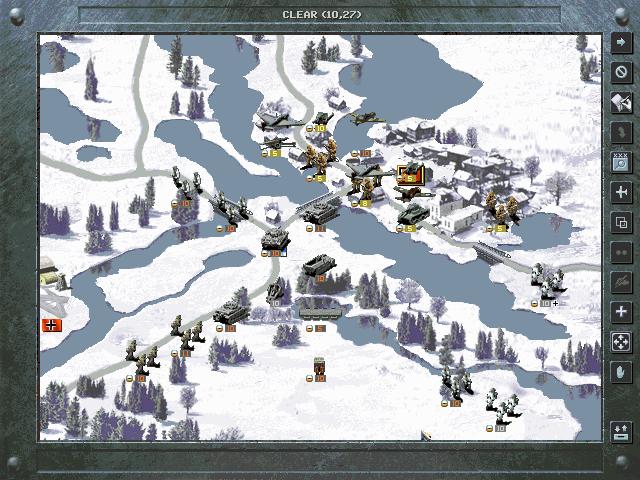You're joking, right? Do you know boring cultural, diplomatic, and space race victories are?
Cultural is boring because
(A) Mega-cultural cities actually have very little in-game relevance, outside of cultural victory. If they are anything except a border city, they simply hold your cultural borders -- and if they are a border city, the most they can do is flip one set of neighbours.
So the Cultural victory is a very "artificial" victory.
Change cultural victory so progressing towards it has impact on actual gameplay, and you can then have a competitive game that contains a Cultural victory race (or a race between Cultural victory and other kinds of victory).
(B) Diplomatic is boring, because you don't get "real" opposition. It ends up either behaving like cultural (where it comes out of left field), or like domination (where you destroy any non-friendly rivals, then vote to win).
(C) Space Race runs into a similar problem. It is basically "I have huge industrial/technological edge, so I win". I actually find the A-C version of space race (which was "get tech X, then build wonder Y" to be more interesting: I've had a game in which I was coming up from behind in A-C against an empire that covered more than half of the world, who got the "space race" tech first and was building it in a far-off city, and I actually rushed the city and took it out in order to change the fate of the game.
Military also runs into the problem that it snowballs. It isn't a sequence of hard-fought wars against challenging opponents -- but devolves into a series of diplomatic deferrals of war, with isolated wars against as-weak-as-possible opponents, ending with a snow-ball world conquest.


